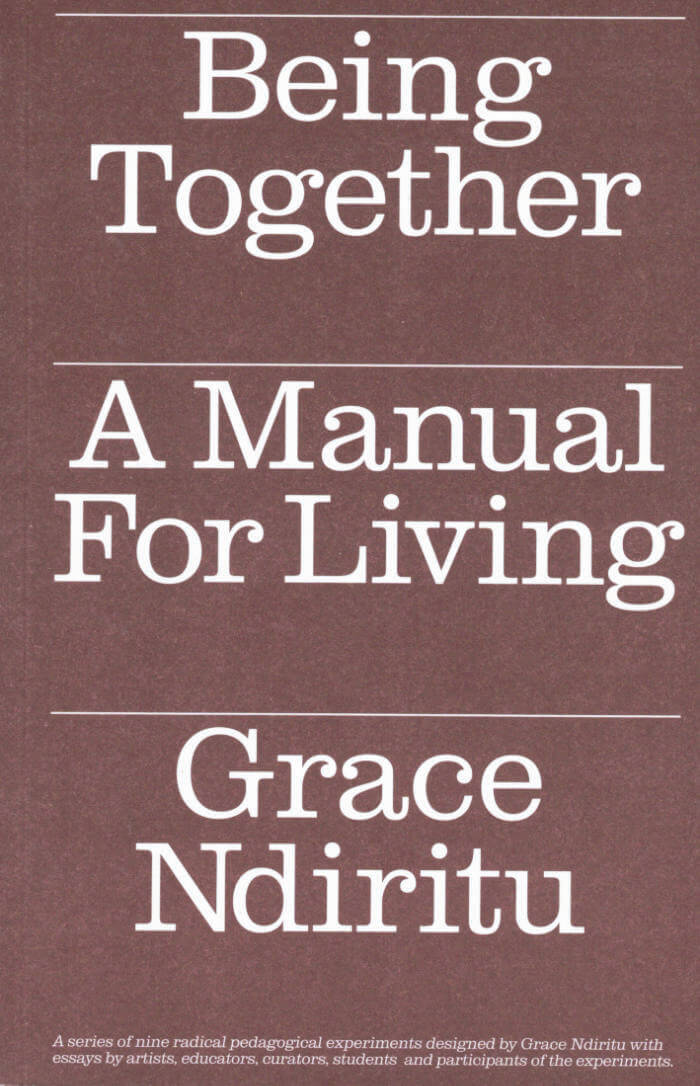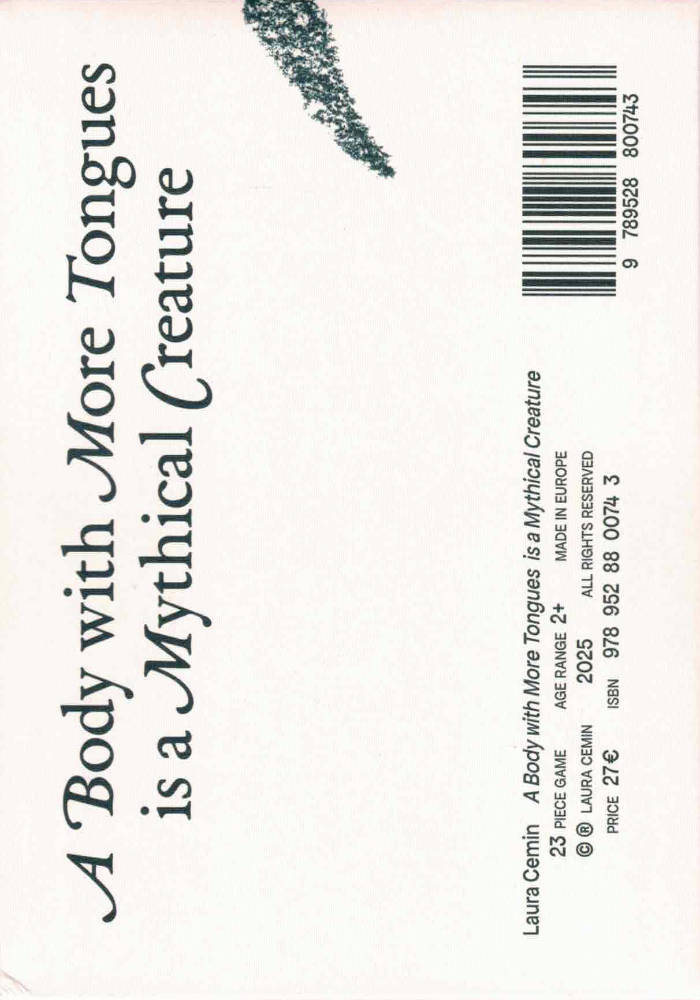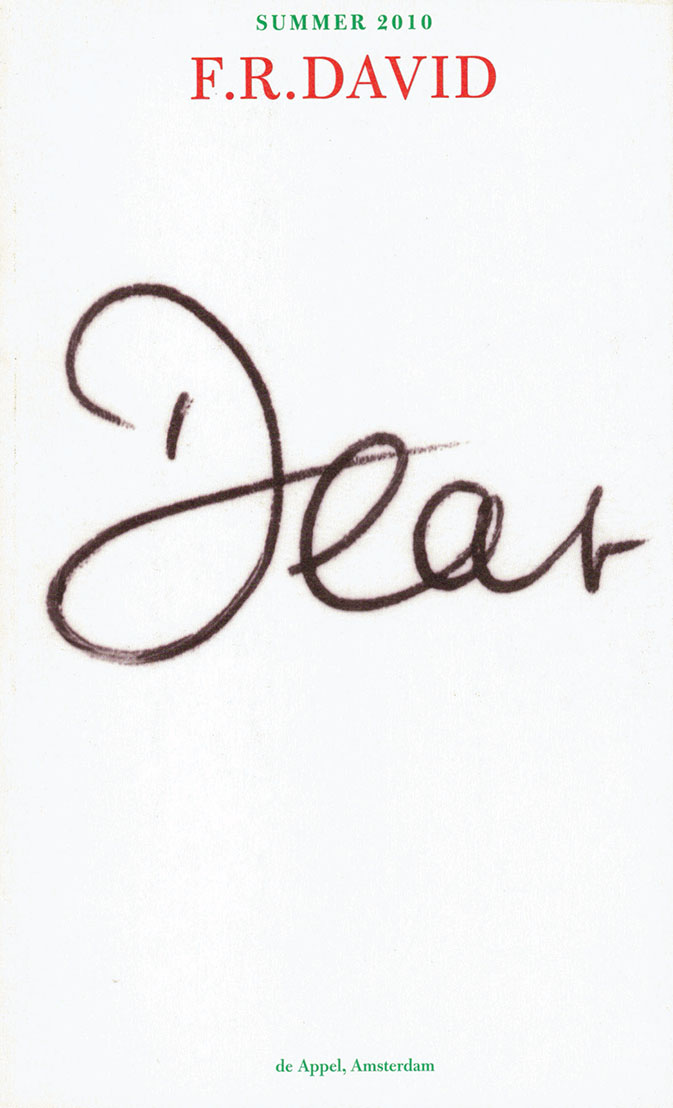
Being Together. A Manual for Living
Being Together: A Manual For Living falls in the lineage of publications such as The Journal of the Society for Education Through Art, which throughout the 1960s provided Britisch art schools a window into experimental education. By contrast, Grace Ndritu's experience in creating radical pedagogies arose from a connected, yet unorthodox system of 'self education'.
In 2012, she decided to spend time living in cities only when necessary. She thus lived in rural, alternative and often spiritual communities, while expanding her research into nomadic lifestyles, and training in esoteric studies, which she began following graduating art school. This research led her to visit Thai and Tibetan Buddhist monasteries, permaculture communities in New Zealand, forest tree dwellers in Argentina, neo-tribal festivals such as Burning Man in Nevada, a Scottish Hare Krishna ashram, and the Findhorn Spiritual Community in Scotland.
Such lifestyles forever transformed her ideas of education and have proven critical for her art, whether conducting social practices or working with students, peers and the general public; some of whose voices appear in this publication. Ndiritu posits, "What does (art) education mean today?" and specifically, "What does an embodied (art) education mean in a time of pandemics and social unrest?". Being Together: A Manual For Living attempts to answer these complex questions.
This book is published on the occasion of Grace Ndiritu's solo show at KRIEG? in Hasselt, Belgium.
Contributors: Philippe Van Cauteren, Pieter Vermeulen, Grace Ndiritu, Rafaela Lopez, Roberto dell’Orco, Jana Haeckel, Katleen Vermeir & Ronny Heiremans, Nathalie Boobis, Shayla Perreault, Edward Ball, Guadalupe Martinez, Stacy Suy, Ezra Fieremans.
Editors: Pieter Vermeulen, Grace Ndiritu
Copy editor: Sue Spaid
Design: Vrints-Kolsteren




